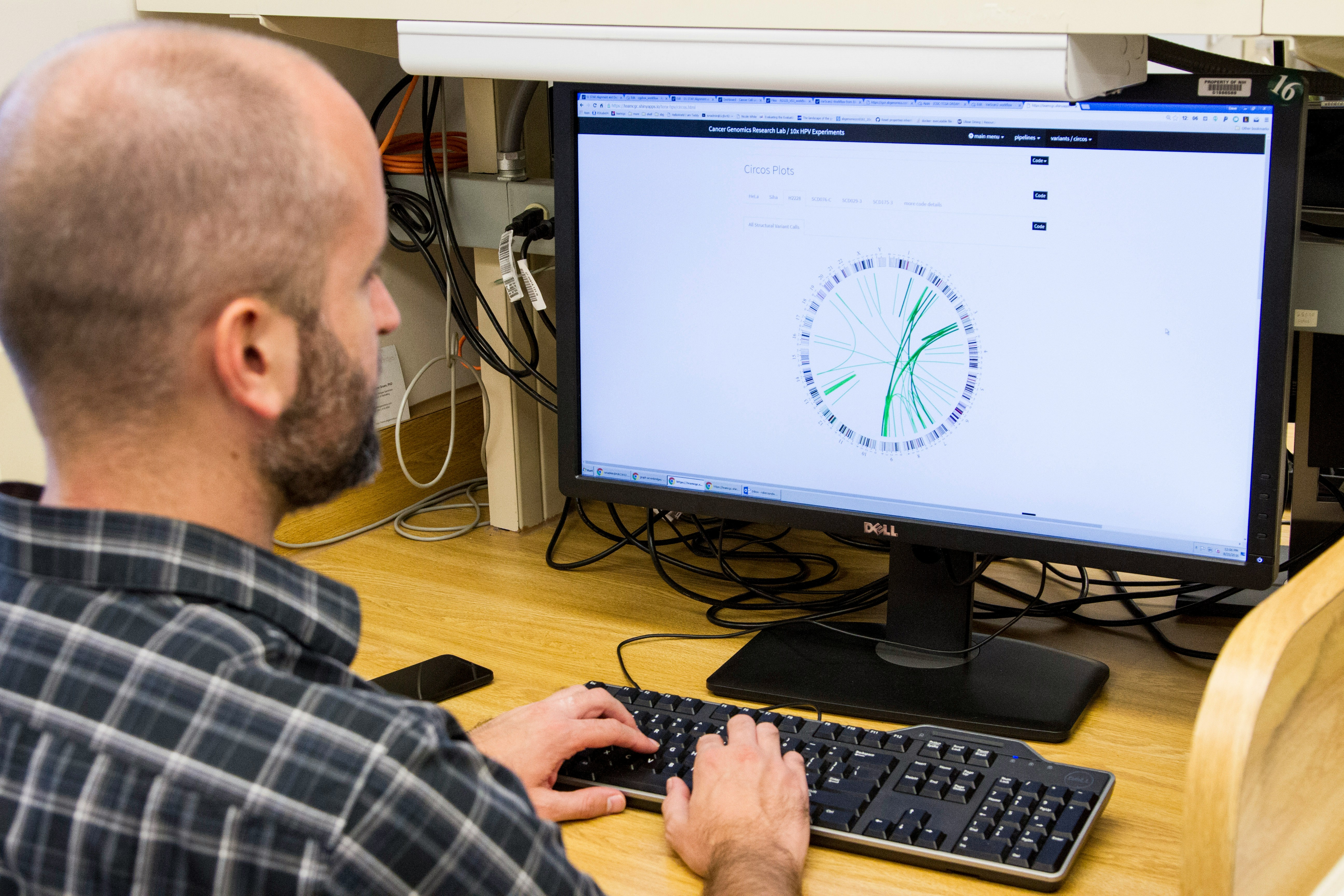Guide
The Digital Classroom: Exploring Virtual Labs and Interactive Learning Tools
Discover the transformative power of virtual labs and interactive learning tools in the digital classroom. Explore how these innovative technologies are revolutionizing education and empowering students to succeed in the modern world."
May 5, 2024
Education has undergone a profound transformation in recent years. Traditional classrooms are becoming dynamic digital environments, where students have access to a wealth of interactive tools and resources at their fingertips. One of the most exciting developments is the advent of virtual labs and interactive learning tools, which are revolutionizing the way we teach and learn.
Virtual labs offer students the opportunity to engage in hands-on learning experiences without the need for physical equipment or laboratories. Through virtual simulations, students can conduct experiments, explore scientific concepts, and develop critical thinking skills in a safe and controlled environment. Whether studying biology, chemistry, physics, or engineering, virtual labs provide a realistic and immersive learning experience that enhances comprehension and retention of complex subjects.
One of the key advantages of virtual labs is their accessibility. Unlike traditional labs, which may have limited availability or be constrained by time and resources, virtual labs can be accessed anytime, anywhere, with just a computer and an internet connection. This flexibility allows students to conduct experiments at their own pace, review concepts as needed, and engage in independent study outside of the classroom.
Furthermore, virtual labs promote inclusivity by breaking down barriers to participation. Students with physical disabilities or limitations may face challenges in traditional lab settings, but virtual labs offer an inclusive learning environment where all students can actively participate and succeed. Additionally, virtual labs can accommodate larger class sizes, allowing educators to reach more students and provide personalized learning experiences tailored to individual needs and learning styles.
In addition to virtual labs, interactive learning tools are also playing a pivotal role in transforming the digital classroom. These tools leverage multimedia elements such as videos, animations, simulations, and interactive exercises to engage students and reinforce key concepts. Whether through gamified quizzes, interactive presentations, or collaborative projects, these tools foster active learning and encourage student engagement in ways that traditional lectures and textbooks cannot.
Interactive learning tools also offer educators valuable insights into student progress and understanding. By tracking student interactions and performance data, teachers can identify areas of strength and weakness, tailor instruction to meet individual needs, and provide targeted feedback for improvement. This data-driven approach to teaching and learning empowers educators to make informed decisions and optimize the learning experience for every student.
As we continue to embrace the digital revolution in education, it is essential that we harness the power of virtual labs and interactive learning tools to create immersive and engaging learning experiences for students. By leveraging technology to expand access, promote inclusivity, and enhance learning outcomes, we can empower the next generation of learners to succeed in an increasingly complex and interconnected world.
In conclusion, the digital classroom represents a paradigm shift in education, where virtual labs and interactive learning tools are driving innovation and redefining the way we teach and learn. By embracing these transformative technologies, we can create a more dynamic, inclusive, and effective learning environment that prepares students for success in the digital age and beyond


